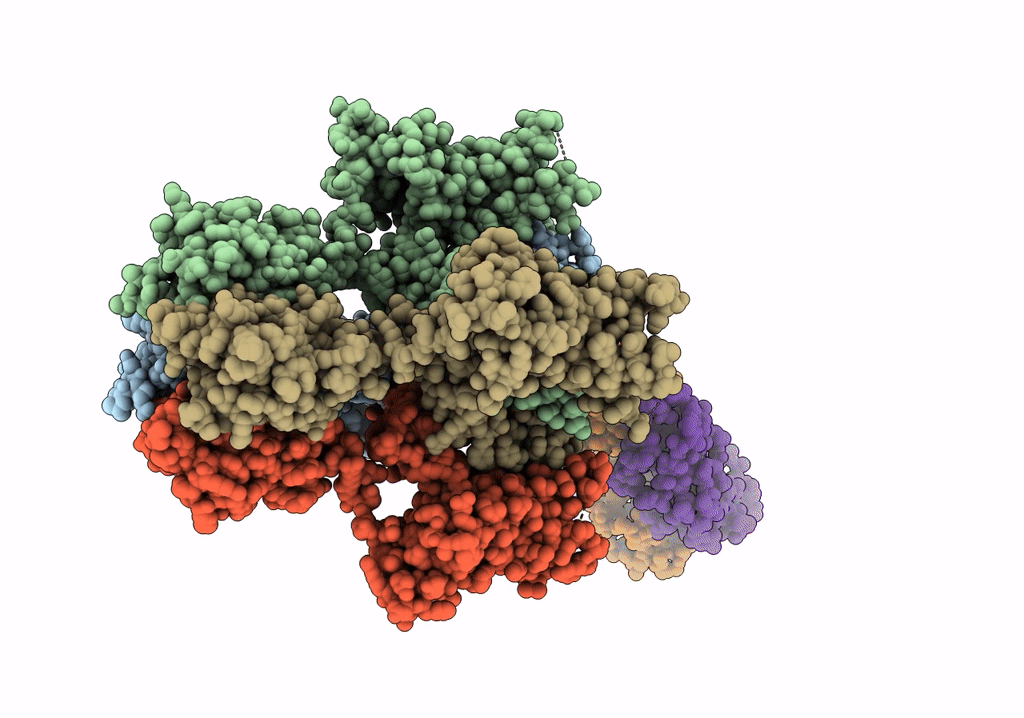
Deposition Date
2021-11-11
Release Date
2022-06-29
Last Version Date
2024-10-09
Entry Detail
Biological Source:
Source Organism:
Homo sapiens (Taxon ID: 9606)
Aequorea victoria (Taxon ID: 6100)
unidentified (Taxon ID: 32644)
Aequorea victoria (Taxon ID: 6100)
unidentified (Taxon ID: 32644)
Host Organism:
Method Details:
Experimental Method:
Resolution:
3.39 Å
Aggregation State:
PARTICLE
Reconstruction Method:
SINGLE PARTICLE


